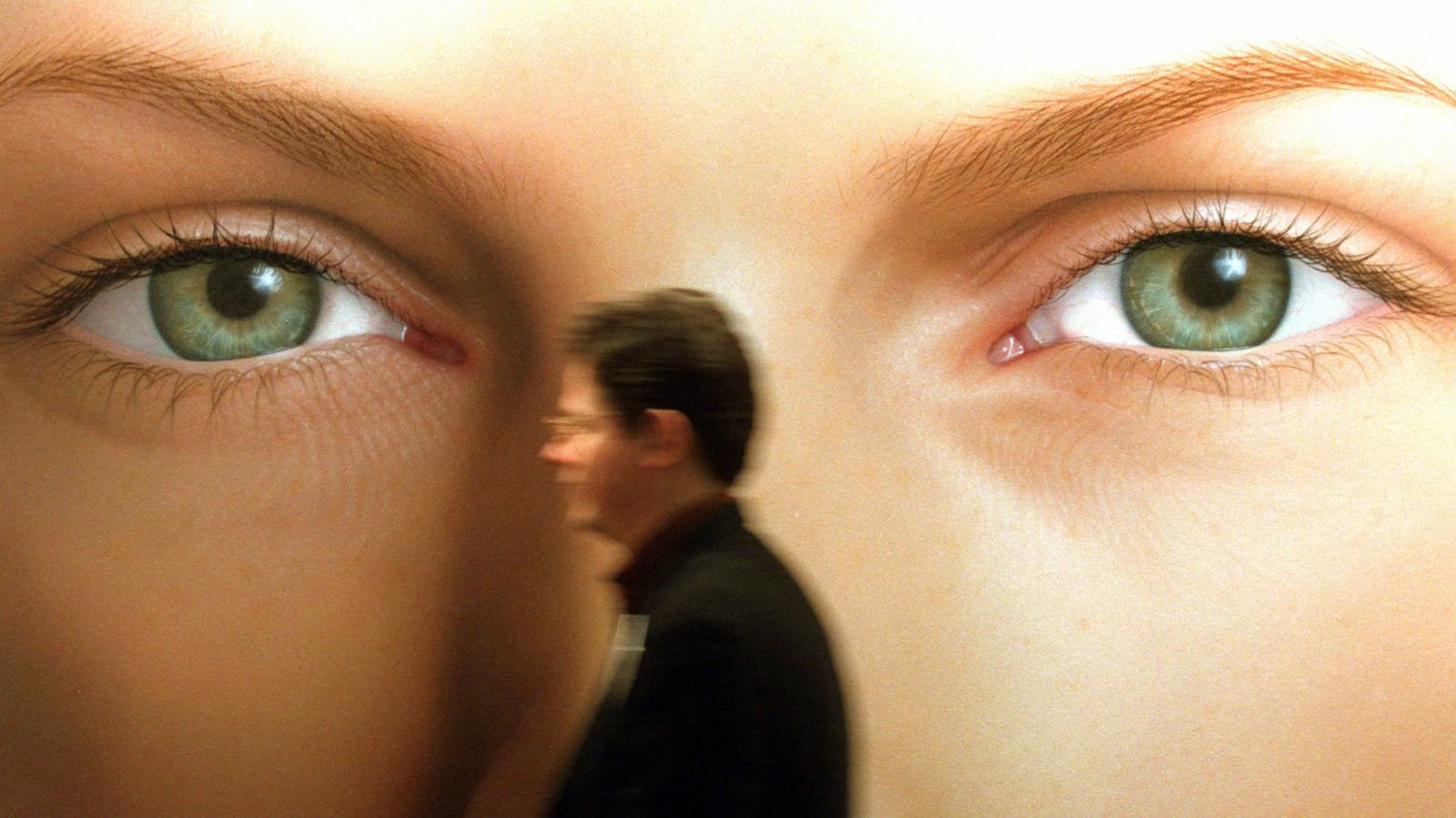
© Reuters
Every time I hear about getting lost in someone's eyes, I roll my own. They're just a body part, after all.
And yet the way we get our eye color is actually pretty interesting.
When people refer to the color of your eyes, they're actually talking about the color of your irises: the blue, green, gray, or brown (or some combination thereof) circles that surround your pupils.
Irises work like camera shutters. They expand or contract to allow pupils to grow and shrink for optimal vision. Some of this depends on how much light is available—the darker it is, the larger our pupils will be—and some has to do with how we focus on objects. Our irises also widen when under the influence of
certain drugs, like marijuana, or for
psychological reasons, such as stress or sexual arousal.
Irises get their color from variations of melanin, a chemical found all over our bodies, including in our skin, hair, and brain cells. In an eye, melanin is found in the iris and in the retina, an area at the back of the eye that translates what we see into images our brains can recognize. In the retina, melanin stops light from reflecting back into our eyes, which would cause us to see a faint halo in our field of vision. In the iris, melanin blocks excess light from reaching the retina.
"If we didn't have melanin on the iris, we wouldn't be able to control the amount of light that enters the eye," says Thanasis Panogias, a neuroscientist specializing in optics at the New England College of Optometry. That control is what keeps the world from appearing painfully bright.
But melanin patterns vary from person to person, and the color of an iris depends on how concentrated its melanin molecules are.
Irises are made up of two layers; each contains combinations of brown and reddish melanin molecules. In the back layer of our iris, there is just one type of dark melanin, which "absorbs almost all the light that falls onto it," Panogias says.
The front layer may have different concentrations of darker or reddish melanin mixed with collagen, a transparent chemical that gives our eye structure. The more dark melanin there is, the darker the iris color. Less dark melanin means lighter eyes. Overall eye color—those blues and greens and grays—depends on how outside light hits all these different chemicals and is scattered, but not much is known beyond that. "How exactly the light is combined from one layer to the other layer to give different hues is not completely understood," Panogias said.
Most people have brown eyes, which means more dark melanin in the front layer of the iris. Blue eyes are thought to originate from a
single evolutionary mutation, but eye color is controlled by
many different parts of our genetic material, which explains why we have so many variations. Some people are even born with two different-colored eyes, a generally harmless condition called
heterochromia.
Although our irises are probably unique, like fingerprints, Panogias says they're more comparable to hair colors. Even if the individual patterns are completely our own, it's hard to tell from far away. To see a truly distinctive iris pattern, you have to get up close and personal.

Reader Comments
to our Newsletter